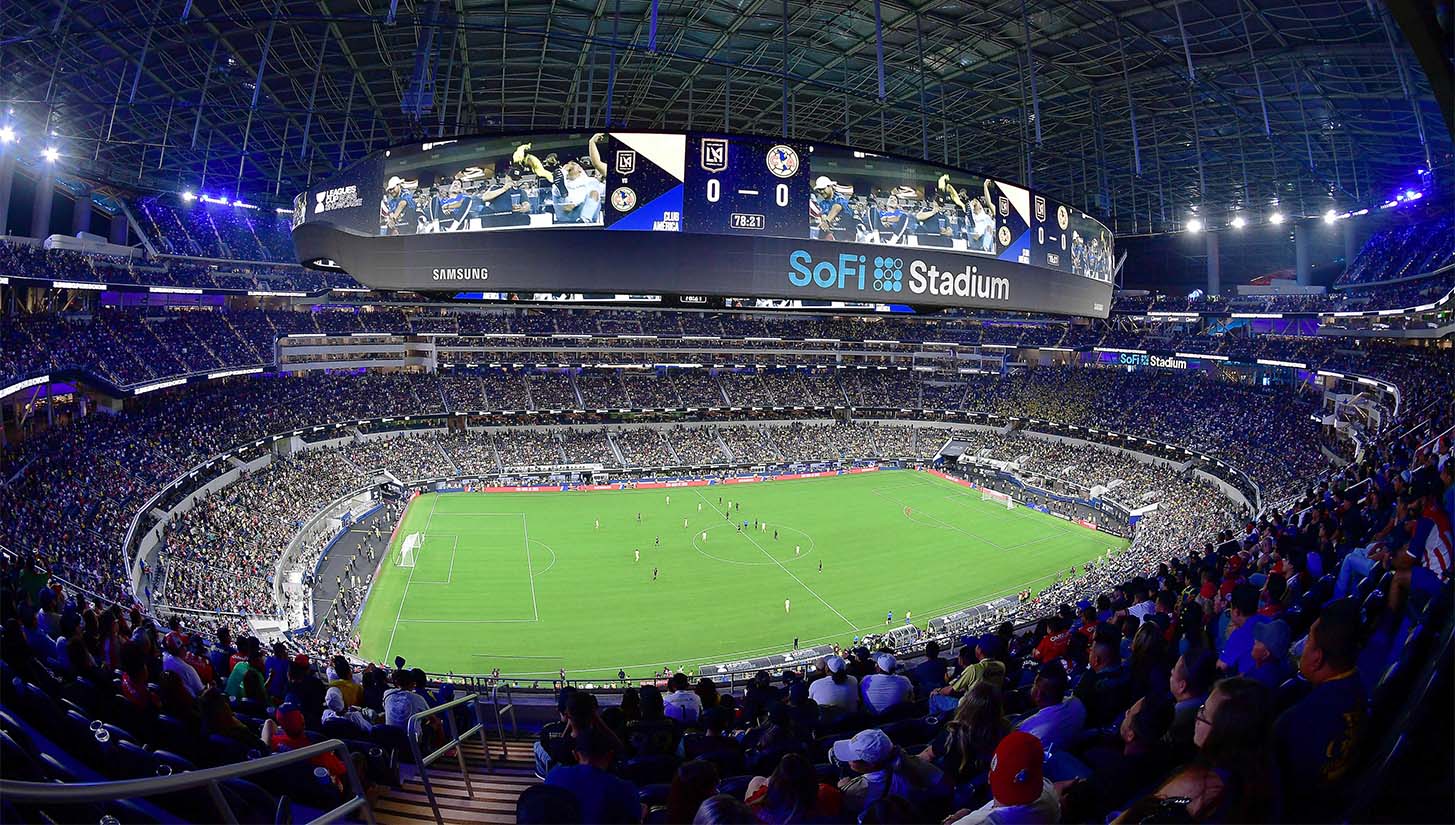With the groups of the 2024 Leagues Cup now released, we take a look at how the tournament will look to build upon the success from last year, while also suggesting some potential improvements.
The 2023 Leagues Cup was a huge success. Yet, many are questioning whether the tournament’s allure was just the wondrous experience of Lionel Messi making his incredibly anticipated North American debut.
With the 2024 Leagues Cup groups having recently been drawn, we thought it would be worthwhile to look back on the 2023 iteration, as well as what to expect for this year’s version and what we would like to see change. Certainly, the Leagues Cup format has enough potential; it is just about making tweaks in the initial years to capitalize on the interest of Liga MX versus MLS competition.
Don’t Change
One of the sneaky best parts of the Leagues Cup was the trial of a new points system, which saw wins in regulation counting for three points, wins in penalty shootouts counting for two points, penalty losses counting for one point, and, of course, regulation losses counting for zero. This system put emphasis on trying to win in regular time, giving lots of late-game drama, as well as a greater variation on possible point outcomes in the last games of the group stage.
This system would be hard to adopt for full regular season games, as draws are one of the wonderful parts of football, but in a tournament situation with limited games, it is a fun wrinkle to add.
4 weeks, 3 nations, 2 leagues, 1 champion. 🇲🇽🇺🇸🇨🇦
It all starts with the Group Stage on July 26.⚽🔥
🔜 #LeaguesCup2024 pic.twitter.com/GD2iRxJDx2— Leagues Cup (@LeaguesCup) January 31, 2024
Currently, there are 15 groups of three teams, with the title winners from each league earning byes to the knockout stage. But as MLS expands, it is possible that the Leagues Cup will go to a reduced number of groups and instead have a larger number of teams per group (four is standard for tournament play).
As the Leagues Cup is played mid-season, and there is a full break in MLS and Liga MX play, adding additional group stage games would only prolong the tournament and disrupt the flow of regular season play.
Instead of increasing group size, they could add play-in matches for the lowest-ranked teams and, therefore, keep the total number of teams that enter the group stage at 45, as currently, the two-game-per-team format makes each match crucial.
For the Leagues Cup, maintaining competitiveness in each match is crucial for watchability and, therefore, commercial viability. They should do everything in their power not to wash down the importance of each game by adding more matches when more expansion teams join MLS.
Let’s Switch It Up
While there is certainly a level of intrigue about seeing the groups for each iteration of the tournament change, as soon as you add a regional element, it feels limited as most of the groups will have a finite number of possible combinations.
Instead of removing regions to create variation (which is crucial to cutting down unnecessary travel), it would be interesting if the groups were set for multiple seasons, therefore creating more intimate rivalries that will build as the Leagues Cup creates a greater history. These rivalries could create historic matches that will help fans connect with the tournament, as right now, it feels more like a product of capitalism and profit building than a product of footballing joy and growth.

In addition, adding cross-border travel and allowing the Mexican teams to host matches would be an exceptional experience. To reduce travel costs, the leagues could alternate hosting duties, or only specific groups could be held in Mexico, whereas others are held at MLS venues. Whichever solution they theoretically pick would be an improvement on the homogeneity of MLS stadiums, and it would add an extra layer of complexity to the Leagues Cup. After all, having MLS teams travel to difficult places to play is one of the reasons we all adore watching CONCACAF tournaments so much.
What to Expect From This Year’s Tournament
One of the initial changes made for the 2024 Leagues Cup was the introduction of host cities. In last year’s tournament, if there were two MLS teams in a group (which was the case for the majority of the groups), each MLS team group would host at least one game. This year, however, all games in the group are being held at the host city venue, which is the stadium of the highest-ranked team in the group. Mexican highest-ranked teams will adopt a hub city for the tournament.
For fans of the teams who entered the tournament with a lower ranking, you are unlikely to see your team play at home for an entire calendar month.
With this season’s Leagues Cup being played in the middle of the summer, the 2024 MLS landscape will be almost fully formed. Therefore, the Leagues Cup will be an opportunity to either solidify a club’s solid start to the season or an even bigger opportunity to change the momentum and steal a CONCACAF Champions Cup spot. You can also bet that the more prideful Liga MX sides will be looking to avenge their performances in last season’s tournament, which was largely dominated by MLS teams.
So, will the Leagues Cup live up to last season’s popularity? Or will the new look Champions Cup take all of the limelight?








